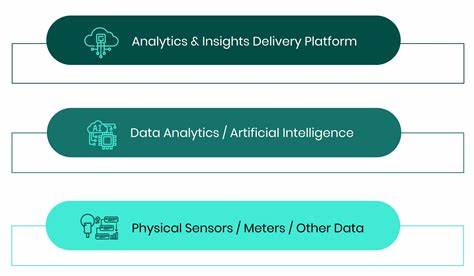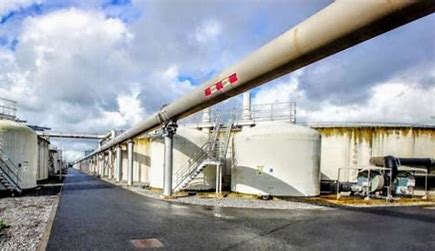
Leveraging AI and Machine Learning in Wastewater Treatment
Introduction
In today’s rapidly evolving world, the use of artificial intelligence (AI) and machine learning (ML) has become increasingly prevalent in various industries. One such field where AI and ML have the potential to revolutionize processes is wastewater treatment. This article delves into the importance of leveraging AI and ML in wastewater treatment, highlighting its relevance and the benefits it brings to the field.
Historical Background
Wastewater treatment has a long history of evolving methods and technologies aimed at improving efficiency and reducing environmental impact. However, the integration of AI and ML into this field is a relatively recent development. Exploring previous attempts or advancements in using AI and ML in wastewater treatment allows us to better understand the progress made and the potential for future advancements.
Key Concepts and Definitions
To fully grasp the significance of AI and ML in wastewater treatment, it is essential to define these terms in the specific context of this field. AI refers to the capability of machines to imitate human intelligence and perform tasks that typically require human cognition. ML, on the other hand, involves machines learning from data and improving their performance without explicit programming. Key terms such as neural networks, data analysis, and predictive modeling will also be explained to provide a solid foundation for understanding AI and ML in wastewater treatment.
Main Discussion Points
The role of AI and ML in optimizing wastewater treatment processes
AI and ML have the potential to analyze large volumes of data and optimize various aspects of wastewater treatment processes. By utilizing AI algorithms and ML techniques, it becomes possible to enhance efficiency and reduce costs in wastewater treatment plants. This section explores how AI and ML can optimize treatment processes and the benefits they bring to the field.

AI and ML for predictive maintenance and fault detection in wastewater treatment
The ability of AI and ML algorithms to detect abnormalities and predict potential equipment failures is invaluable for proactive maintenance in wastewater treatment systems. Implementing AI and ML techniques can significantly improve the reliability and performance of these systems by identifying and addressing potential issues before they escalate. The benefits of proactive maintenance will be discussed in detail.
AI and ML for water quality monitoring and pollution detection
Real-time monitoring and early detection of water quality changes and potential pollution sources are crucial in wastewater treatment plants. AI and ML enable the analysis of sensor data to detect these changes and identify potential pollution events. This section emphasizes the importance of AI and ML in water quality monitoring and the positive impact they have on the overall efficiency of wastewater treatment processes.
Case Studies or Examples
To validate the effectiveness of AI and ML in wastewater treatment, real-world examples and case studies where these technologies have been successfully implemented will be explored. Through these examples, we gain insight into the outcomes and benefits achieved through the application of AI and ML in wastewater treatment.
Current Trends or Developments
The field of AI and ML is constantly evolving, and wastewater treatment is no exception. This section discusses recent trends and developments in the field, highlighting new research findings and advancements that have the potential to revolutionize the industry. Staying up to date with these trends is essential for understanding the future trajectory of AI and ML in wastewater treatment.

Challenges or Controversies
While the integration of AI and ML in wastewater treatment brings significant benefits, it is not without its challenges and controversies. This section addresses the barriers faced in implementing these technologies and discusses differing viewpoints regarding their use. Furthermore, the potential ethical implications and concerns associated with AI and ML in wastewater treatment will be analyzed.
Future Outlook
Speculating on the future implications and directions of AI and ML in wastewater treatment is essential for understanding the potential advancements and innovations that lie ahead. This section discusses the potential impact of AI and ML on the future of wastewater treatment, highlighting the transformative potential of these technologies.
Conclusion
In conclusion, the integration of AI and ML in wastewater treatment holds immense potential for optimizing processes, improving efficiency, and reducing costs. This article has explored the importance of leveraging these technologies, providing insights into their historical background, key concepts, and real-world applications. It is clear that AI and ML will play a significant role in shaping the future of wastewater treatment.




